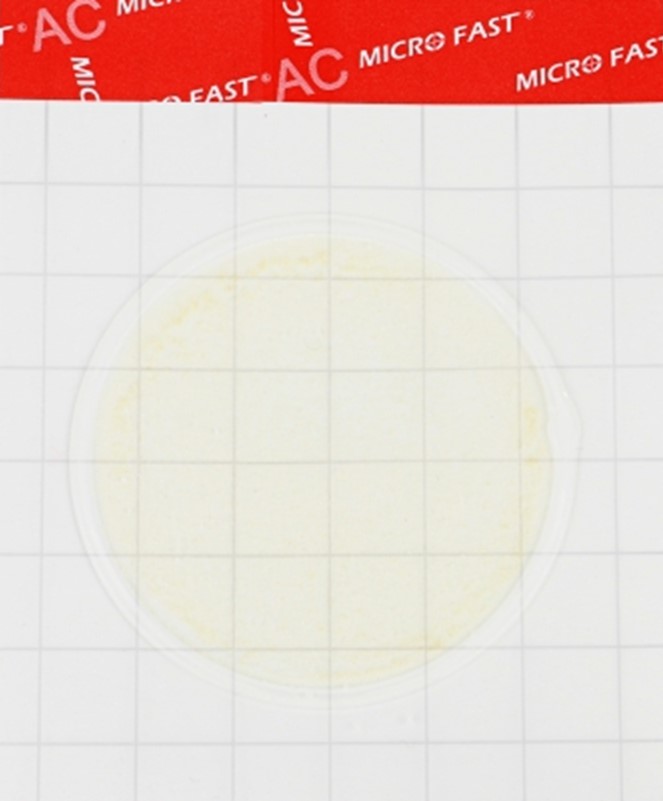Methods of laboratory research in veterinary medicine

Thanks to the latest high-tech equipment and reagents, laboratory diagnostics is able to provide both common and rarest analyzes, and obtain high-quality and most informative data on the processes occurring in the body in the shortest possible time.
For example, laboratory tests such as blood tests (biochemical, hematological), serological, parasitological, bacteriological, ELISA, PCR are carried out in the Laboratory for the diagnosis of ASF ( African swine fever ) and other especially dangerous animal diseases of the Federal State Budgetary Institution "Rostov Reference Center of Rosselkhoznadzor" for the diagnosis infectious diseases in animals.
Often used immunological research methods based on the formation of specific immune complexes from antigens and antibodies. Using specific reactions, the presence and titers of antibodies to leptospirosis and other infections are often determined, making it possible to assess the body's resistance to various infectious diseases and predict the development of these diseases, as well as evaluate the effectiveness of vaccination .
The most common laboratory diagnostic service in veterinary medicine is a blood test, which helps to determine changes in the general condition of the animal and the functional characteristics of most organs and systems.
A general clinical blood test allows you to diagnose most blood diseases (anemia, leukemia, etc.).
A clinical blood test is carried out on hematological analyzers or manually (Goryaev's chamber) in order to count blood cells (leukocytes, erythrocytes, platelets), as well as assess their size, structure and cytochemical characteristics of cells, hemoglobin concentration.
To perform biochemical analysis, special automatic biochemical analyzers are used, the principle of operation of which is based on various research methods, mainly optical.
Currently, immunological methods such as enzyme-linked immunosorbent assay (ELISA) and immunochromatography (IC) are widely used in veterinary medicine, which allow detecting antibodies to certain viruses in blood serum, or antigens in the test sample.
Bacteriological diagnostics begins with the collection, preservation and transportation of pathological material and includes three stages of research:
1. Microscopic studies of the source material make it possible to detect the presence of a pathogen in it, to study its morphological features and tinctorial properties.
2. Bacteriological studies are carried out in order to isolate a pure culture of the pathogen with the establishment of its morphological, tinctorial, cultural and biochemical properties, and in some cases - antigenic structure.
3. Biological studies (setting up a bioassay) are carried out by infecting laboratory animals, which make it possible to determine the virulence of the pathogen, as well as to isolate it in a pure culture.
The conducted studies allow us to determine the species of the pathogen and make a bacteriological diagnosis.
Despite the variety of methods for laboratory diagnosis of infectious diseases, the most modern and accurate is real-time polymerase chain reaction (PCR).
The real-time PCR method (PCR - real time) is based on the principle of natural replication of nucleic acids, which allows to achieve a significant increase in low concentrations of certain DNA fragments in a biological sample. The PCR process consists of a series of cyclically repeated reactions: DNA denaturation, probe annealing, and DNA synthesis (elongation). The absence of an electrophoresis step allows minimizing the risk of contamination with PCR products and, thus, dramatically reducing the number of false positive results, since registration of results is carried out directly in the process of polymerase chain reaction.
Read together with it:
- Новые горизонты сотрудничества: Россия и Аргентина обсуждают совместный доступ на рынки продукции животного происхожденияОдной из ключевых тем конференции стал контроль за производством ветеринарных препаратов в Аргентине. Аргентинская сторона представила свою систему контроля, включающую Управление ветеринарных продуктов и Управление лабораторий животных. Эти организации обеспечивают высокие стандарты безопасности, так как каждая производственная единица подвергается проверкам каждые 3-5 лет и зарегистрирована в ин...
- Матричные РНК-вакцины от COVID продлили жизнь тяжелых раковых больныхМатричные РНК-вакцины против коронавируса продлили жизнь пациентам, больным раком в самой тяжелой, четвертой стадии, сообщает The Washington Post. К такому выводу пришли исследователи Онкологического центра имени М. Д. Андерсона Техасского университета и Университета Флориды. «Эти данные невероятно интересны, но они должны быть подтверждены в ходе третьего этапа клинических испытаний», — заявил од...
- The quarantine for farm animals due to leukemia has been lifted in the village of Gusevo.As of October 21, 2025, the restrictions were lifted due to an improvement in the clinical situation on farms. Specialists conducted the necessary laboratory tests and treatment procedures, confirming the absence of infected animals. As a result, livestock owners can now freely sell MILK and MEAT , as well as transport animals outside their communities.......
- Golden Autumn 2025: Volgograd Region Expands CooperationAt the 27th Russian Agro-Industrial Exhibition "Golden Autumn 2025," the Volgograd Region signed eight cooperation agreements. The Volgograd Region Committee on Agriculture and the Russian self-regulatory organization of audit unions of agricultural cooperatives, the Agrokontrol Union, signed a bilateral agreement. The parties will jointly address issues related to the development of the region's ...
- While Argentina is still waiting, Bolivia has already received the green light to export beef offal to China.Both sides confirm that the ongoing negotiations are proceeding as planned, and recent reports indicate that news could be released by the end of this month. However, others are more skeptical, claiming that the negotiations are being delayed amid anti-China dalliances between President Javier Milei and his American counterpart, Donald Trump. Meanwhile, some are already celebrating the opening of ...
- Chile resumes importing meat and livestock from PatagoniaThe resolution, eagerly awaited by the livestock sector, lifts the suspension of imports of Patagonian livestock products, which was imposed at the end of July. This was announced following the completion of a technical audit conducted in Argentina by Chile's Agricultural and Livestock Service (SAG). Chile took corrective measures after the Argentine government amended its sanitary regulations, pa...
- Exports of animal products from the Penza region are growing rapidly.In addition, 438 tons of confectionery products, as well as 240 tons of dairy products, were exported from the region to Oman, Iraq, and other countries. All goods underwent laboratory testing at accredited veterinary institutions to confirm their safety. After loading, specialists compiled veterinary and sanitary inspection reports and replaced previously issued veterinary certificates with stand...
- Rosselkhoznadzor has cancelled 189 declarations for livestock products in the Urals.Of the revoked declarations, 91 were for dairy products, 51 were for MEAT, 13 were for fish, and 14 were for feed. The reasons for terminating the declarations were incomplete laboratory tests and serious violations of technical regulations. For example, on September 18, a declaration for frozen semi-finished meat products produced by Ural-Snab in the Chelyabinsk region was revoked due to the disc...





























































